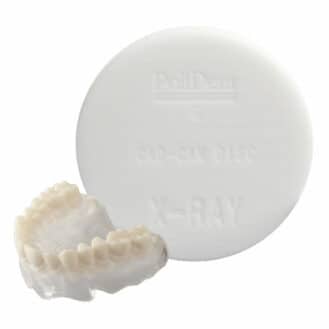The speed you need will depend on the procedures for which the device is intended. Handpieces can be divided into two categories depending on speed: High-speed (also called turbines) and low-speed (sometimes called micromotors).
High-speed handpieces, or turbines, generally have speeds between 200,000 and 450,000 revolutions per minute (rpm). They are used for removing cavities, preparing crowns, removing old or damaged restorations, preparing contour and retention grooves for new restorations, or finishing and polishing restorations.
Low-speed handpieces have micromotors, which can be either electric or air-driven. Electric motors have a max speed of 50,000 rpm and air motors 20,000 rpm. In dental practices, they are used to remove decayed soft tissue, prepare cavities, and polish and finish restorations. In dental laboratories, they are used to cut, carve, and polish temporary crowns, removable partial dentures, and orthodontic appliances.

NSK high-speed handpiece

BienAir dental micromotor

Morita endodontic micromotor










